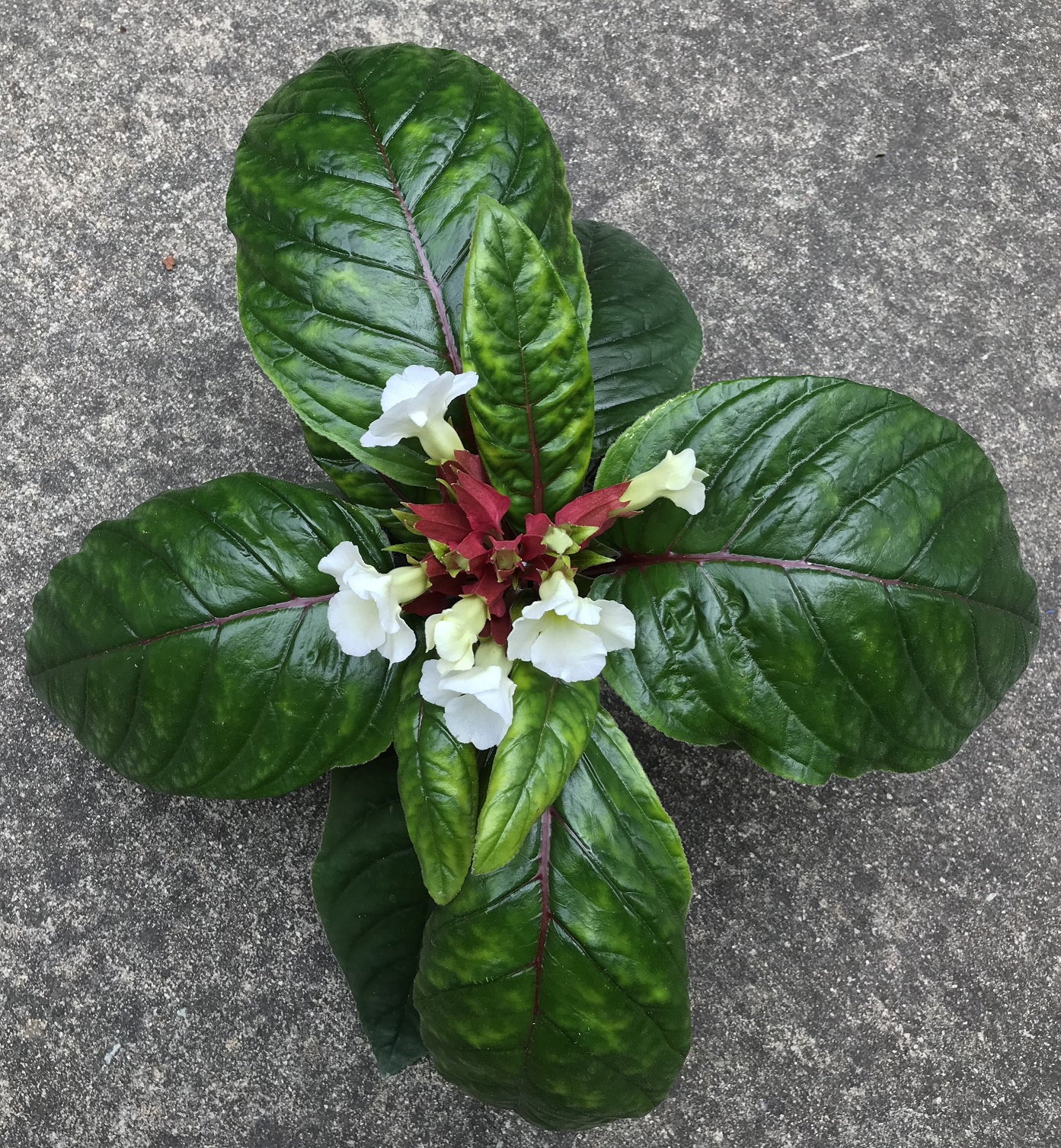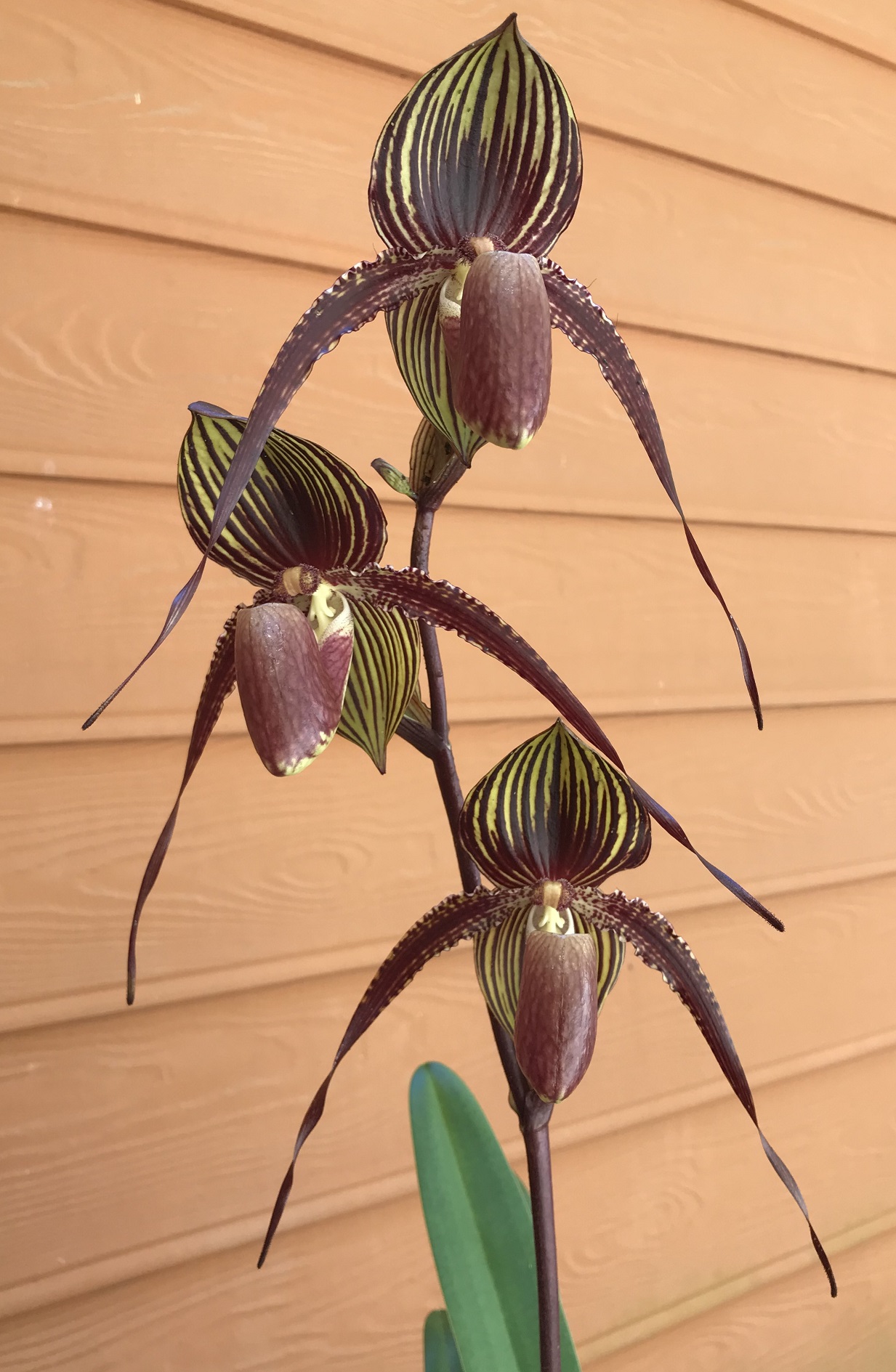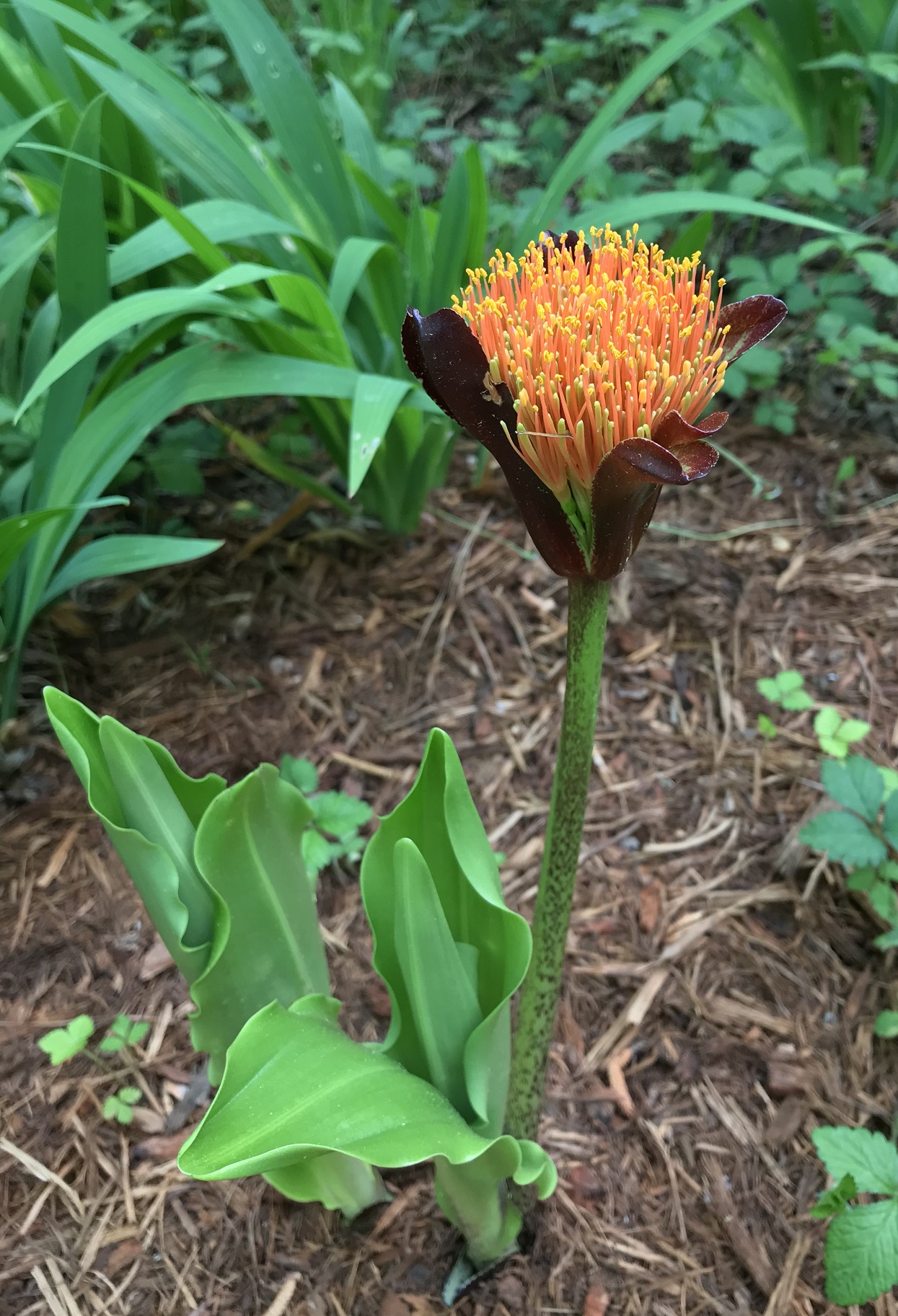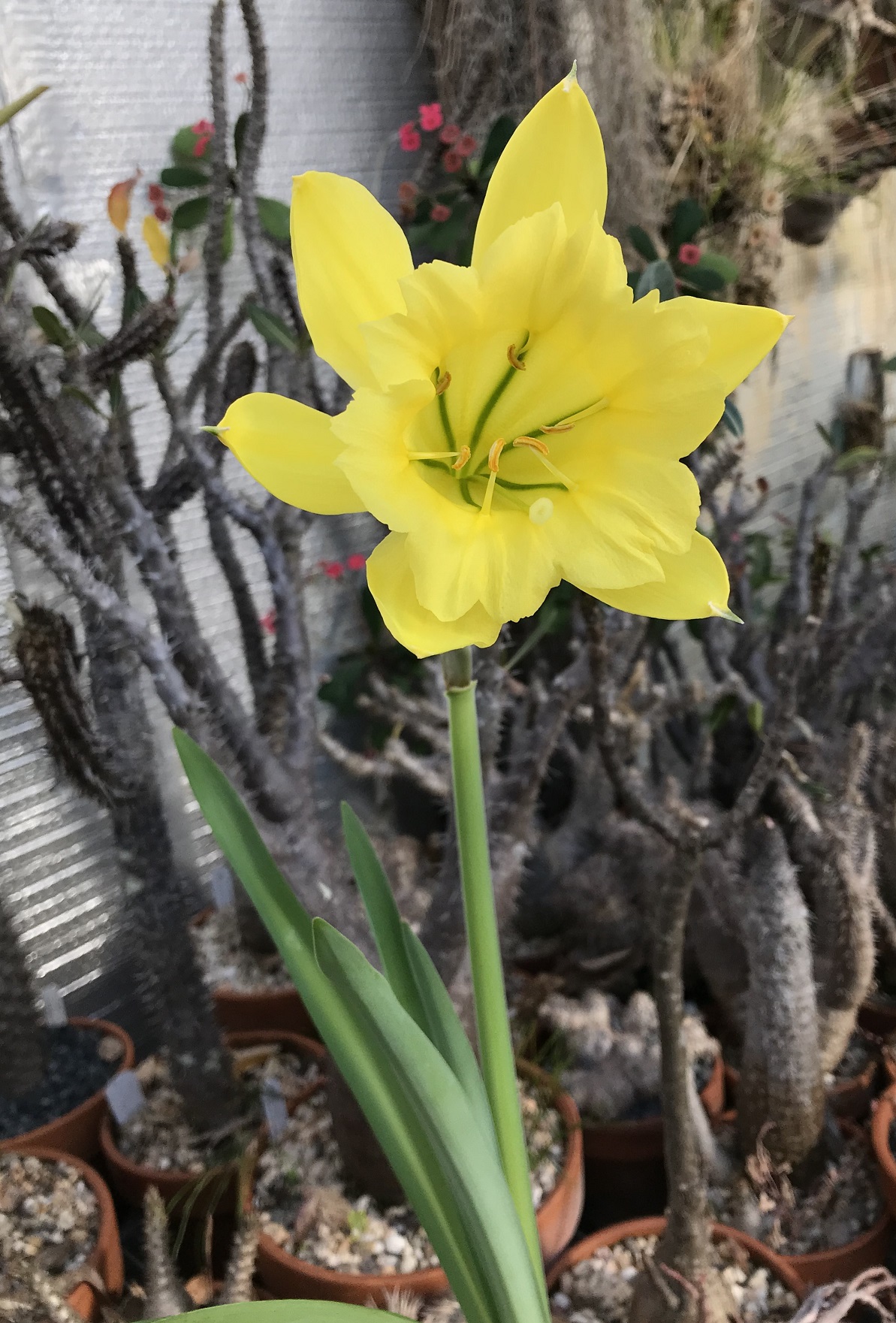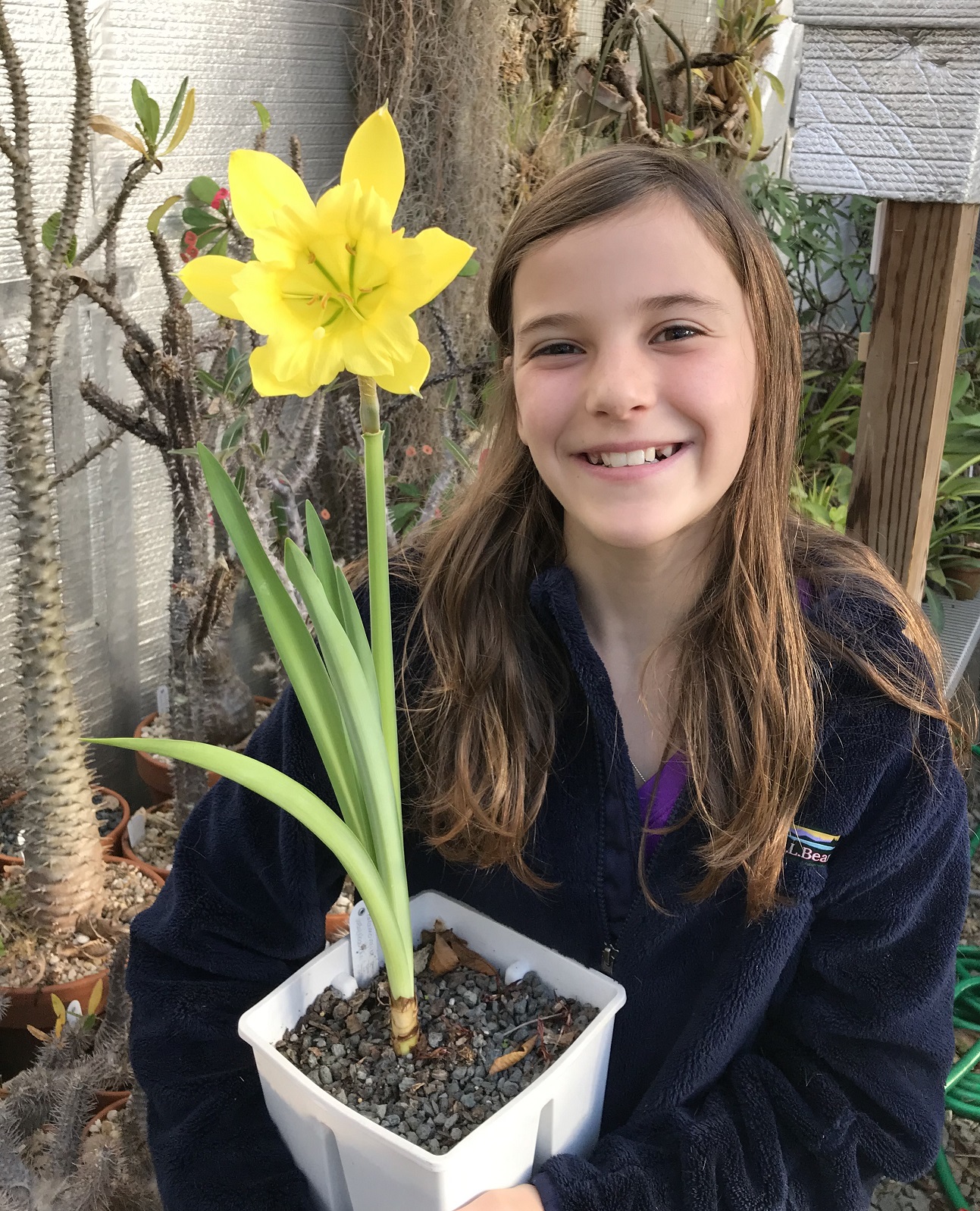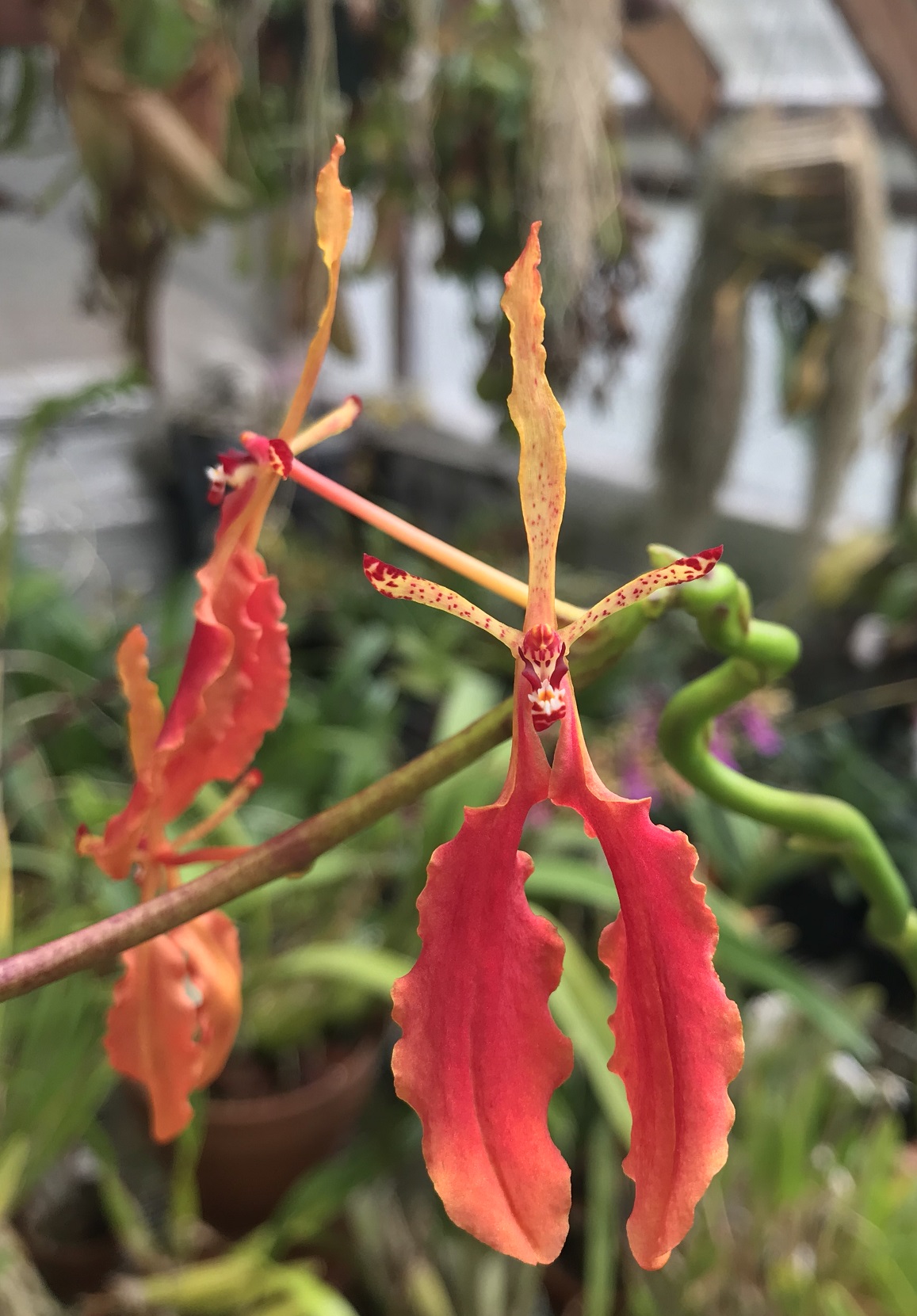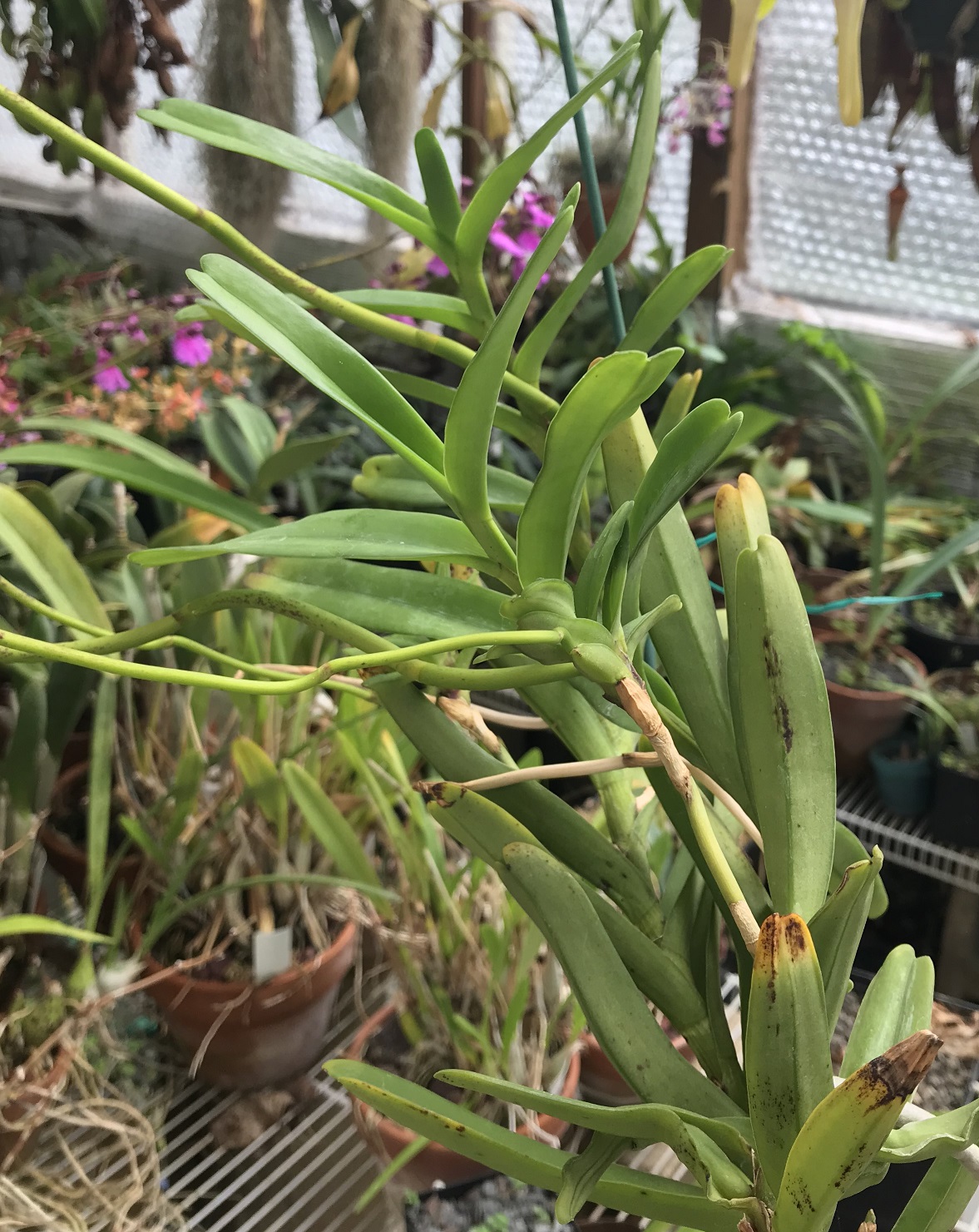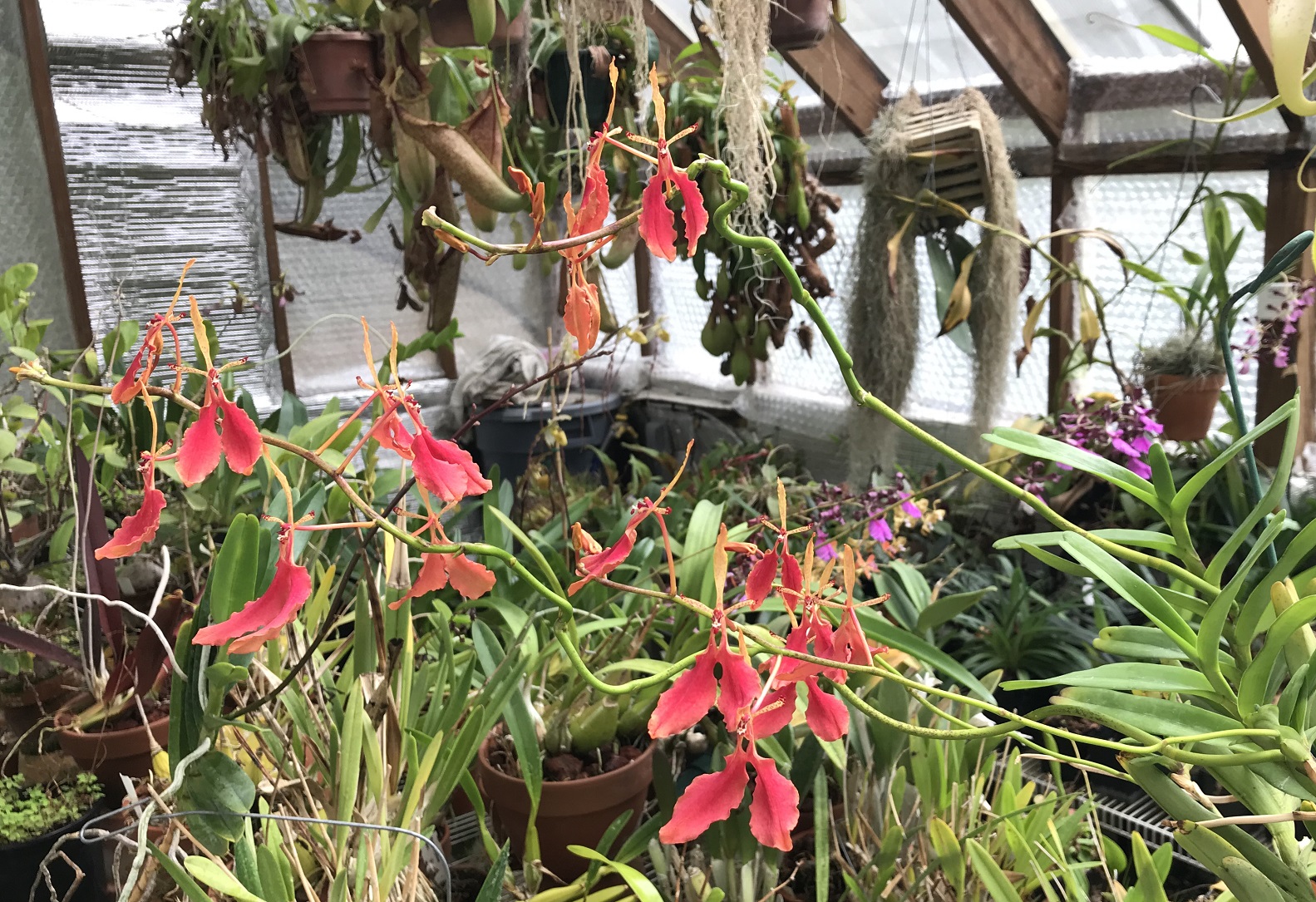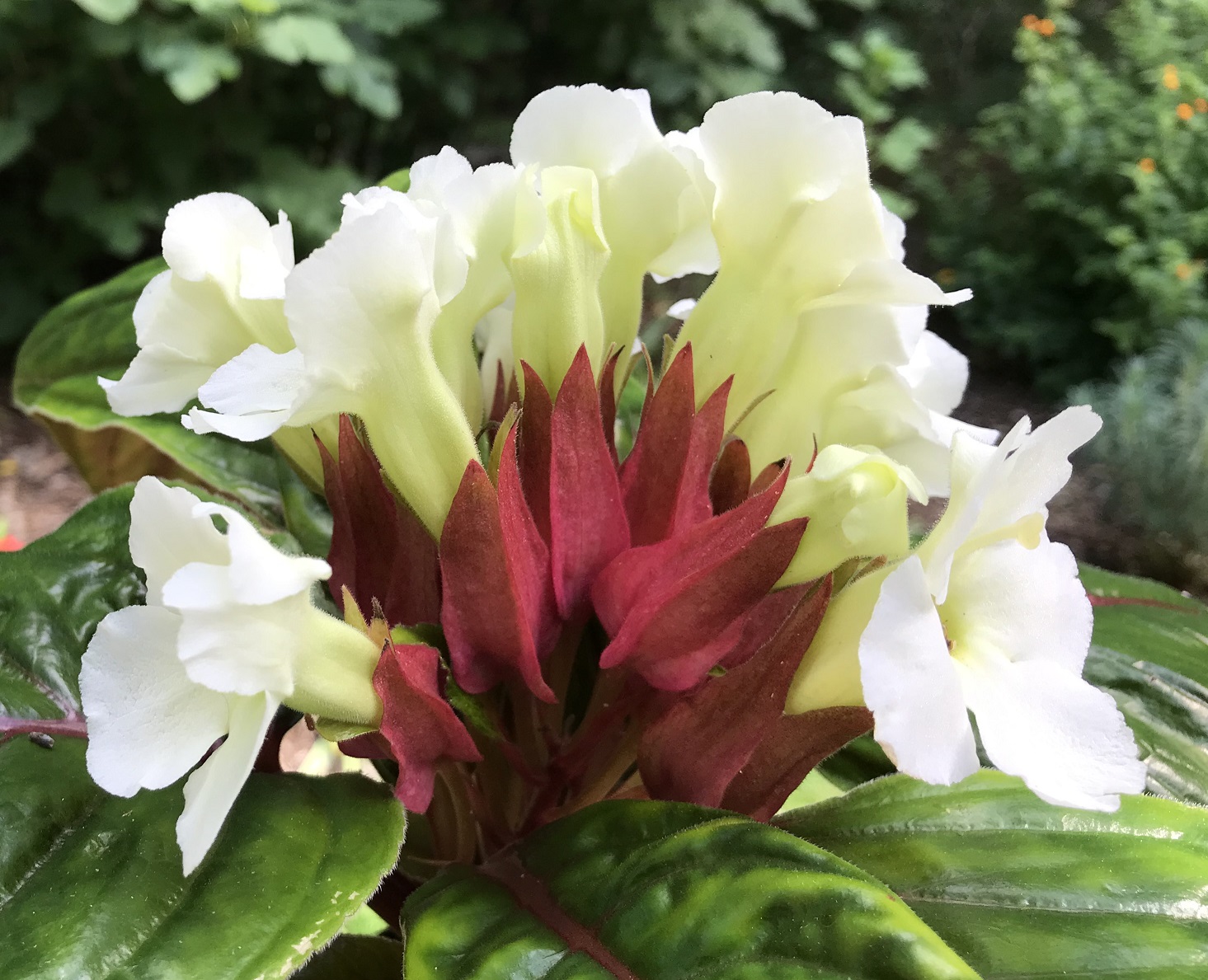
This plant has a really cool backstory.
Sinningia helleri is the type species of the genus Sinningia. In other words, it is the species that forms the basis for the genus, serves as a reference for any other species to be included in the genus, and remains permanently attached to the genus name in any taxonomic revisions. It’s a little awkward when the type species of an extant genus is extinct.
S. helleri was described in 1825 and was grown in Victorian and Edwardian plant collections, but it eventually died out in cultivation. The final image of a cultivated S. helleri plant was published in 1907, and it seems likely that the last cultivated plants died during fuel shortages and bombing raids in World War I and II. All attempts to find more plants in their natural habitat near Rio de Janeiro failed, and the species was considered extinct, both in cultivation and in the wild.
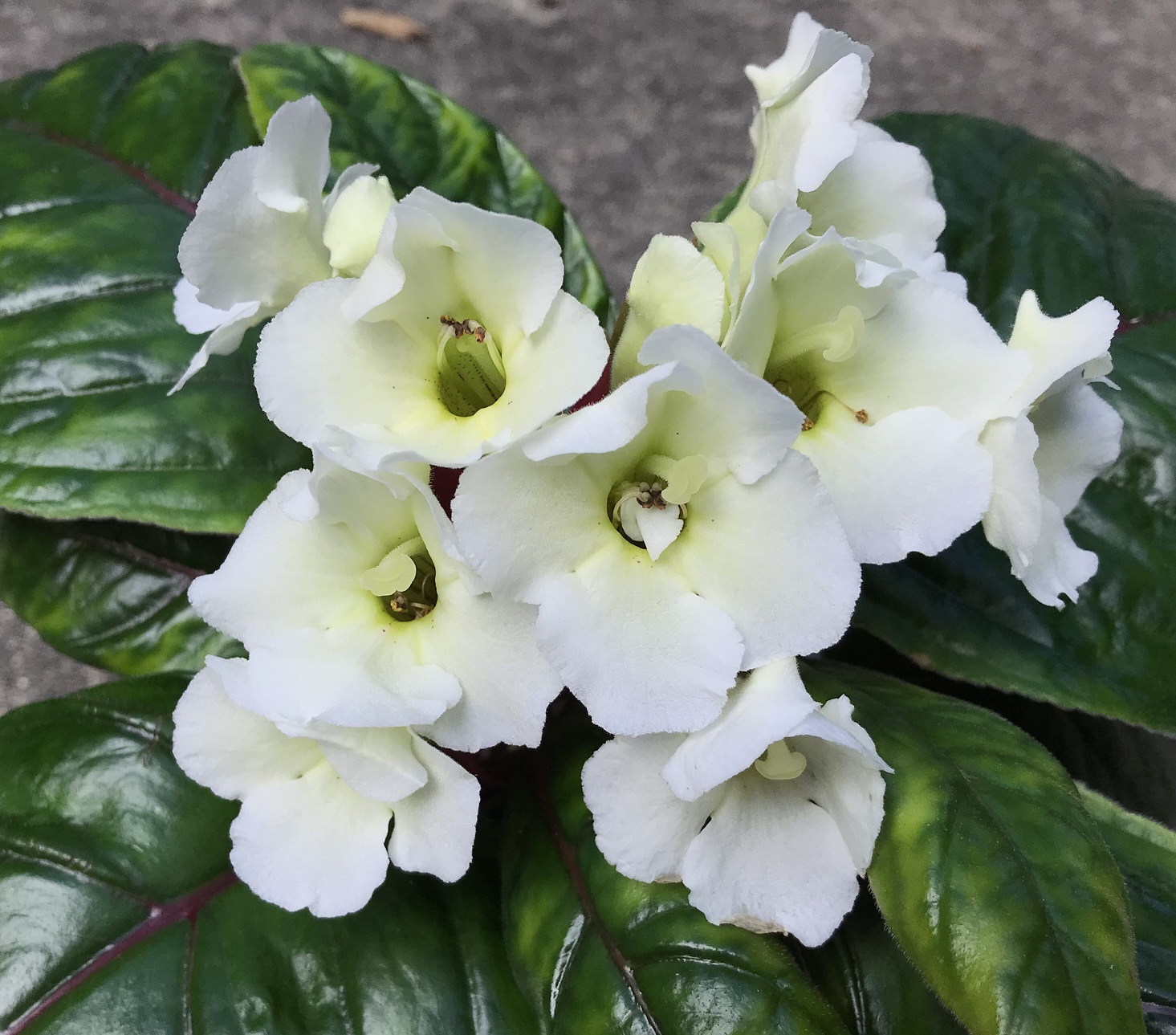
Then, in 2015, a Swiss botanist decided to crowdsource one last search for the species. He posted a couple of old pictures of S. helleri to an online forum for Brazilian plant identification–the botanical equivalent of a missing person flyer. A month later, he received a response from a Brazilian botanist. She had realized that a photograph she took in 2008 of an old railway embankment included several plants that resembled S. helleri. Returning to the site, she confirmed that they were indeed the missing species.
Drama ensued. The embankment was slated to be cleared when the old railroad was converted into a bicycle park, and although endangered species receive legal protection, no one bothers to put extinct species on endangered species lists. The plants were still alive only because clearing had been briefly delayed due to a rock fall.
The plants were eventually protected, a small amount of seed was collected and distributed to growers in Brazil and the USA, and six years later, I have the opportunity to grow my own S. helleri.
I started with a small packet of seed that I scattered on the surface of a 2-inch pot filled with a 1:1 mix of commercial potting soil and perlite. In December 2020, the pot went into a sealed 10-gallon aquarium under LED grow lights, together with a mix of other gesneriad species. Two seeds germinated in late January 2021, and the seedlings grew relatively quickly. In May 2021, I repotted the seedlings, the largest into a 5-inch pot, and the smaller into a 3-inch pot. Both plants are currently flowering.
For more details on the discovery and rediscovery of S. helleri, see Gesneriads: the journal for gesneriad growers 66(1-2), 2016.
